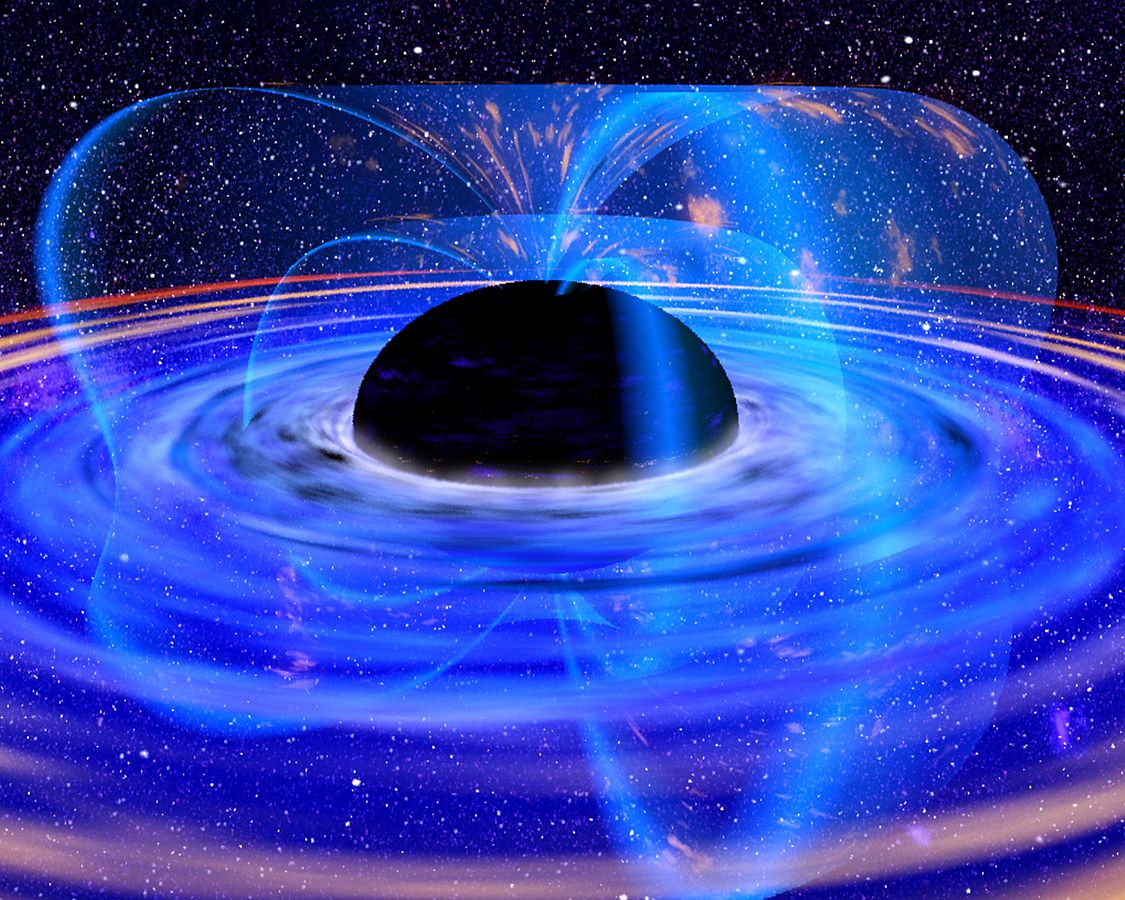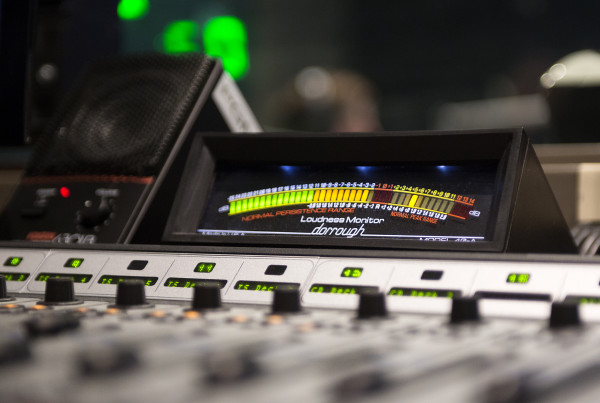The quest to better understand the universe is ongoing. Just in the past week, another spacecraft, NASA’s InSight Mars Lander touched down on the red planet. But some scientists are determined to understand something even more mysterious than planets: black holes.
Little is known about black holes, and the closest known ones are thousands of light years away. Their gravitational fields are too strong for even light to escape, but scientists have figured out another way to detect them: by using gravitational waves. This past week, researchers announced the detection of several black holes by using this method.
Aaron Zimmerman, assistant professor of physics at the University of Texas at Austin and one of the first to determine the source of gravitational waves, according to a UT press release, says a good analogy for how gravitational waves work is to imagine a bowling ball on a trampoline.
“[Gravitational waves] are ripples in the fabric of space-time, which is a very poetic way of putting it,” Zimmerman says. “As massive objects, especially black holes, move around in space, they emit these ripples, which can travel out and reach us here at Earth.”
After years of theorizing, scientists discovered gravitational waves in 2015. It took a long time to collect evidence for them because the tiny force they exert on the rest of the universe is hard to measure, Zimmerman says.
“To detect the influence of these waves, to actually feel them as they pass through the Earth, is extremely hard and requires thousands of scientists coming together and working for decades to build the most sensitive scientific instruments, by some measures, that we’ve ever built,” Zimmerman says.
To measure gravitational waves, scientists set up two mirrors far apart, and then bounce a laser light between them.
“As the gravitational waves move through the Earth, it pushes on those mirrors very, very slightly, moving them together and apart,” Zimmerman says. “That laser light tracks that motion. In this case, what we’ve been detecting is pairs of black holes in orbit, which orbit close to the speed of light, before colliding violently. We’ve also see one pair of what we call neutron stars, which are also these really exotic, dense remnants of stars that have lived out their lives and died.”
Traditionally, astronomy uses light and other electromagnetic waves to observe the universe. Zimmerman says this new form of measurement is like opening up a new sense on the universe.
“We talk about it like hearing or feeling the universe. … It’s a different way of figuring out what’s out there.”
Written by Brooke Vincent.
















